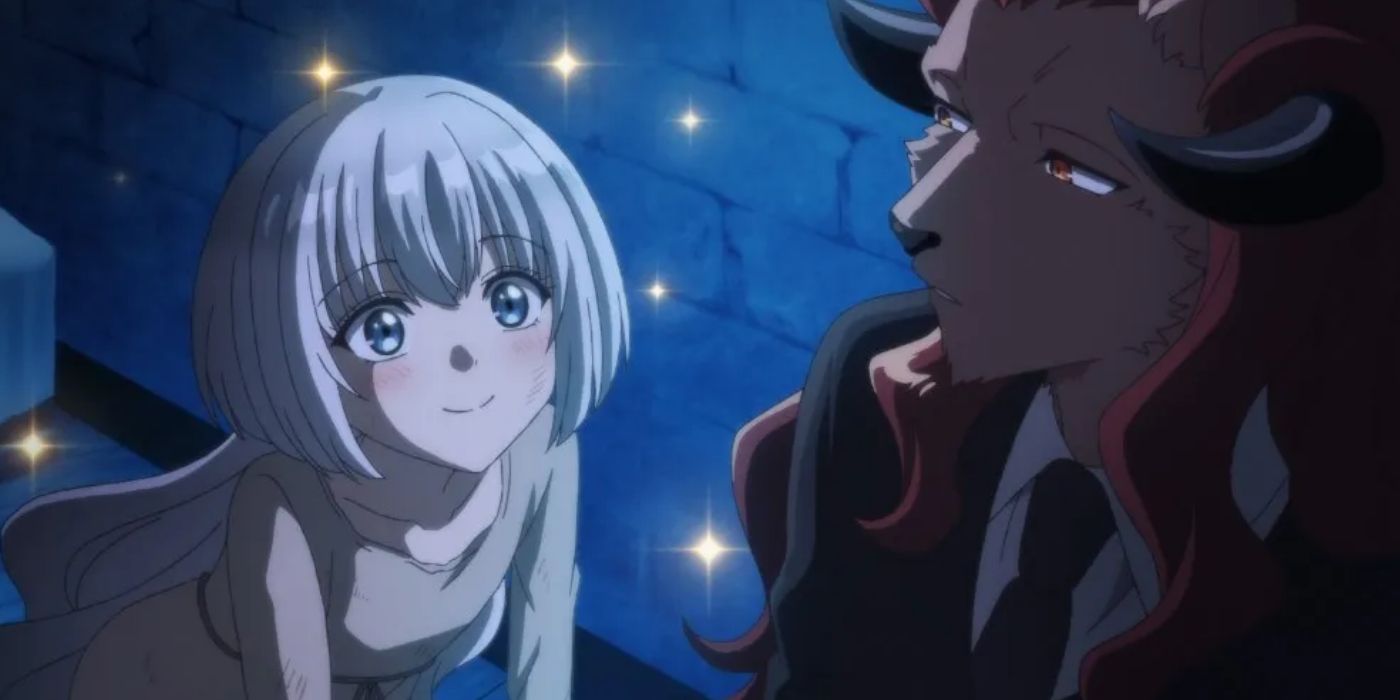Victorian Fantasy Anime Uses Perfect Symbolism To Make Its Heroes More Tragic

Summary
- The Tale of Outcasts’ first episode captivates with intense symbolism and tragic storytelling.
- Literal and metaphorical exploration of eyesight serves as a central theme in the debut episode.
- The series delves into relationships between humans and demons, showcasing the power of love and kinship amidst suffering.
Although a heartwarming story overall, Crunchyroll users looking for a series to immediately captivate them can expect that and more from the debut episode of The Tale of Outcasts, an anime that debuted in the Winter 2023 anime season that delivers a deeply layered form of tragic symbolism to connect its two heroes that only intensifies over time. The impressive amount of symbolism in this story set in the Victorian era is even enough to engage those who gravitate more towards action/adventure series that are more blatantly violent or strictly follow shonen tropes.
The immediate theme derives from The Tale of the Outcasts’exploration of eyesight, both literally and metaphorically. Interestingly, the literal sense doesn’t come into effect until the latter half of the debut episode, when the heroes’ lives transform dramatically. However, the manner in which this shift materializes serves as a metaphor of their initial relationship, while defining the next stage of their story together.
Essentially, a human girl named Wisteria Langley who is treated like a slave only experiences freedom or joy when a demon named Marbas visits her at night to tell her stories. Tragically, her freedom comes at the expense of her eyesight, where Marbas essentially becomes her “eyes” through a forced contract as he shows Wisteria the world and gives her new experiences. This next step in their relationship is a more extreme version of how Marbas’ stories were the only ways in which Wisteria could “see” or experience the outside world. And, like all great anime series, The Tale of the Outcasts later expands upon this whole dynamic when Wisteria must use her “minds eye” to help find and control Marbas’ power.
Produced by Ashi Productions; based on the original manga by Makoto Hoshino
The debut episode also creates a stunning mirror image from the other end of the spectrum, through the ways in which the world initially “saw” or perceived them – both Marbas and Wisteria – as opposed to how they perceived each other and the world. When still treated as a slave, Wisteria was forced to beg on the streets for money, and the passersby all acted as though she were invisible, completely ignoring her pleas. Similarly, all demons in their demonic forms are literally invisible to humans if they are not in a contract with them. As a result, Marbas spent most of his existence wandering through the world unseen. It wasn’t until he stumbled upon Wisteria that he met a human who could actually see him, which served as the basis of their initial relationship.
The debut episode also creates a stunning mirror image from the other end of the spectrum, through the ways in which the world initially “saw” or perceived
them
– both Marbas and Wisteria – as opposed to how
they
perceived each other and the world.
Of course, this relationship soon becomes much more nuanced when other forces enter their lives. When this happens, viewers soon realize that the title’s eponymous outcasts whose tales are being told refer to other humans who formed contracts with demons. Together, Marbas and Wisteria’s travels bring them into the lives of those who are all influenced negatively by society, mostly by a group known as the Knights of the Sword Cross that hunts demons and even the humans who have contracted with them. Wisteria’s own connections with the Knights of the Sword Cross cause further complications that make these confrontations more personal and emotional.
Although tragic, it’s more so through the second pair of outcasts that Marbas and Wisteria meet, where the story takes a more uplifting tone, underscoring the positive effect that loving relationships with humans have on demons, while exploring how the bonds of those once alienated by their own kind can become so intertwined and strengthened through shared suffering and kinship. So, while the deeply tragic and strong symbolic images in the first episode of The Tale of Outcasts will attract a new audience on Crunchyroll, it is the amazing relationships that are positively formed through pain that will keep them watching.







